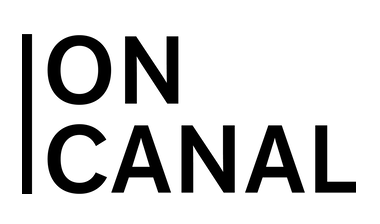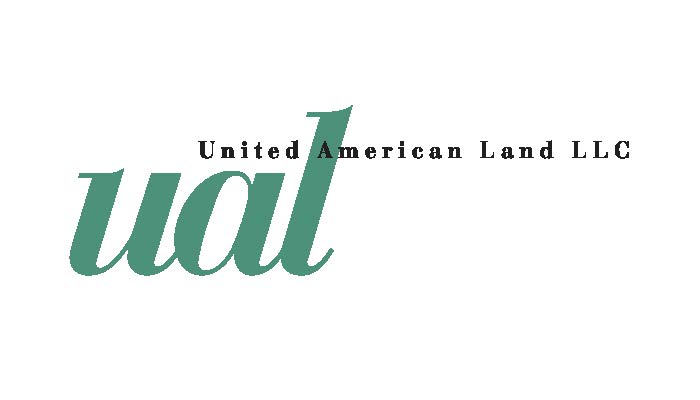Curated by Julia Kaganskiy
FORGING THE GODS
April 18th
through May 11th, 2019
Image Credit: Zach Blas and Jemima Wyman ‘im here to learn so :))))))’ HD video still from the four-channel HD video installation (2017)
TRANSFER is pleased to present ‘Forging the Gods’ a group exhibition curated by Julia Kaganskiy featuring works from Zach Blas and Jemima Wyman, Peter Burr, Stephanie Dinkins, Lawrence Lek, Lauren McCarthy, Anna Ridler, Jenna Sutela, Theo Triantafyllidis, and Pinar Yoldas.
Introduction from the curator:
“Metaphors, myths, and stories shape the way we understand the world, the way we think. One could argue they are an essential part of what constitutes human intelligence—the ability to imagine and articulate ideas and communicate them to others. Perhaps it comes as no surprise then that in today’s world of rapidly advancing artificial intelligence the myth of man-made autonomous beings, fashioned in our own image, is one that has persisted since antiquity. ‘Our history is full of attempts—nutty, eerie, comical, earnest, legendary, and real—to make artificial intelligences, to reproduce what is the essential us—bypassing the ordinary means. Back and forth between myth and reality, our imaginations supplying what our workshops couldn’t, we have engaged for a long time in this odd form of self-reproduction,’ writes AI historian Pamela McCorduck in Machines Who Think.
These myths date back to our most canonical storytelling, from the ancient Greek myth of Hephaestus, god of fire and divine blacksmith, who forged automaton attendants to assist him in his workshop (the story ends with his most infamous creation, Pandora, unwittingly unleashing all the world’s evils) to Mary Shelley’s Frankenstein, which reads like a Victorian parable on the dangers of naive and hubristic scientific pursuits. The story has only multiplied and proliferated ever since AI emerged as a field in the 1950s, with popular examples like 2001: A Space Odyssey, The Terminator, I, Robot, and Ex Machina—all of which depict superintelligent machines that threaten to rise up against their creators and destroy humanity. It would seem that, throughout human history, both the desire to fashion intelligent beings in our own image (an act of “god-like” power) and the belief that such artificial agents will inevitably supersede their creators and lead to calamity have been firmly implanted in our psyches. Nevertheless, development in AI marches on, heedless of the warning signs. Perhaps it’s time for new myths to take hold?
Many artists today choose to question and subvert these popular narratives of AI, taking an approach that thwarts the typically Western, male, and anthropocentric stories we’ve inherited. In part, this serves to shake off the veil of illusion, of scientific objectivity and infallibility, exposing the embedded biases, assumptions, and failures. The invisible human labor that often still powers today’s AI is made visible in Lauren McCarthy’s SOMEONE and LAUREN, and Zach Blas and Jemima Wyman’s im here to learn so :)))))).
Rather than paint a picture of some future superintelligent entity, they help us better see and understand the AI that is already here, embedded in everyday mundane interactions and bureaucratic systems. These counter-narratives lend some intelligibility to otherwise opaque and incomprehensible processes that are ultimately far more insidious, and present a greater threat, than a robot uprising. They also offer up alternative ways of conceptualizing and defining intelligence, ranging from non-human intelligences, such as animal in Pinar Yoldas’ Kitty AI and Theo Triantafyllidis’ Seamless or bacterial in Jenna Sutela’s nimiia cétiï, to collective intelligence of ancestral knowledge in Stephanie Dinkins’ Not The Only One.
Taken together, the works in this show offer us new metaphors for thinking about the nature of intelligence, the kind of intelligent entities we might want to forge in the future, and the trappings of the limited ‘artificial intelligence’ that is increasingly shaping our world today.”
Julia Kaganskiy is an independent curator and cultural strategist with more than a decade of experience building interdisciplinary projects and communities across art, design and technology. She is currently co-curator of the Tentacular festival at the Matadero in Madrid and curatorial advisor to the Experiments in Art & Technology (E.A.T.) Artist Residency program at Nokia Bell Labs, organized in partnership with New Museum’s cultural incubator NEW INC. Previously, she was the founding director of NEW INC (2014-2018) and Global Editor of VICE Media’s The Creators Project (2010-2013).
PARTICIPATING ARTISTS
Zach Blas and Jemima Wyman, Peter Burr, Stephanie Dinkins, Lawrence Lek, Lauren McCarthy, Anna Ridler, Jenna Sutela, Theo Triantafyllidis, and Pinar Yoldas.
Generous support provided by the John S. and James L. Knight Foundation, powered by WorldStageand hosted by #ONCANAL operated by Wallplay.
LOCATION
TRANSFER pop-up #ONCANAL
Canal Street at Broadway
New York, NY 10013
An inventory of work from ’Forging the Gods’ is available from the gallery. Please inquire with the director@transfergallery.com to request information.
PRESS CONTACT: director@transfergallery.com



